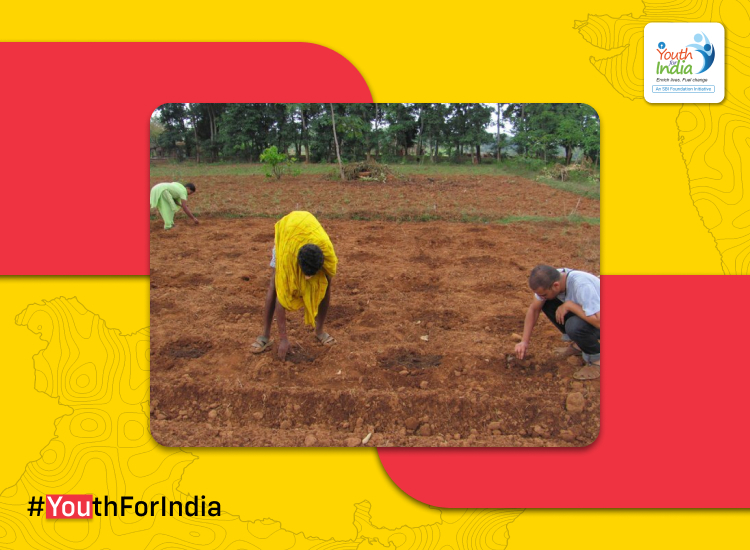
Rural-to-urban Migration: Understanding its Socio-Economic Undertones
Introduction
In this write up, I wish to share my views about rural-to-urban migration, especially related to the youth, from the little experience I have in this area. What does “migration” really mean? During my school days, my understanding about this term was just as much as the next person. I have now realised that migrants, be it impoverished women and children or tribals – they all have a different story to tell about their experience and the situations that forced them to migrate. So I learnt that one cannot make a generalization about migration.
The Negative Connotation of Rural-to-Urban Migration
Rural-to-urban migration has always been viewed negatively in our country; attempts are even underway to abolish this. Several steps have been taken in this regard, one being the National Rural Employment Guarantee Act (NREGA), which provides hundred days of work to a beneficiary in his/her village. This is a policy adopted by the Indian government to economically reward a rural person for staying home rather than migrating to urban areas. Though the intention is noble, it lacks a holistic understanding of the migration phenomenon.
Also Read: Experiencing Indian Superstition in Pusa
The Positive Aspects of Rural-to-Urban Migration
As rural-to-urban migration has socio-economic undertones, we should also consider both sides rather than just the negative. It can help alleviate poverty or even prevent it. Let me share an instance where I met a young couple (Vasnubhai and Lalitaben) who belong to the Kocha tribal community. Their forefathers were agriculture labourers but due to lack of water for irrigation and deteriorating quality of soil they took the decision to move to the city, like other members of their community for better prospects. They took this decision some 4 to 5 years ago. Currently, they migrate to a city for seven to eight months a year, to places like Pune, Nasik, Surat, Vapi, etc and work as construction labourers in these cities. They certainly face challenges there too but they also earn a livelihood. Their faces light up with a smile when they talk about the money that they are able to send home to their family. After conversing with few more tribal people, I concluded that this is the story of most people who migrate.
Also Read: Life Skills Training for Youth: A Solution to Stable Income in Kherwada, Rajasthan
Protecting the Rights of Migrants
Our focus should be to protect the rights of migrants at their new place. After interacting with them I learnt that they faced problems like:
- Exploitation by the contractors for whom they worked.
- Social and cultural exclusion
- Difficulty in access to government services due to non-availability of identity/ ration card
- Being a largely unorganized work force
We should not look at migration as a problem in itself as it is rather an after-effect of the problems faced by the migrants themselves, due to lack of security of their livelihood. This situation poses an important challenge for us to integrate these migrants into our society. The willingness to share resources and live together with people from other cultures and different walks of life, will contribute to building a healthy society in the long term.
- SBI Youth for India Fellow, Vineet Kumar Singh. His project was on ‘Tribal Development’.


